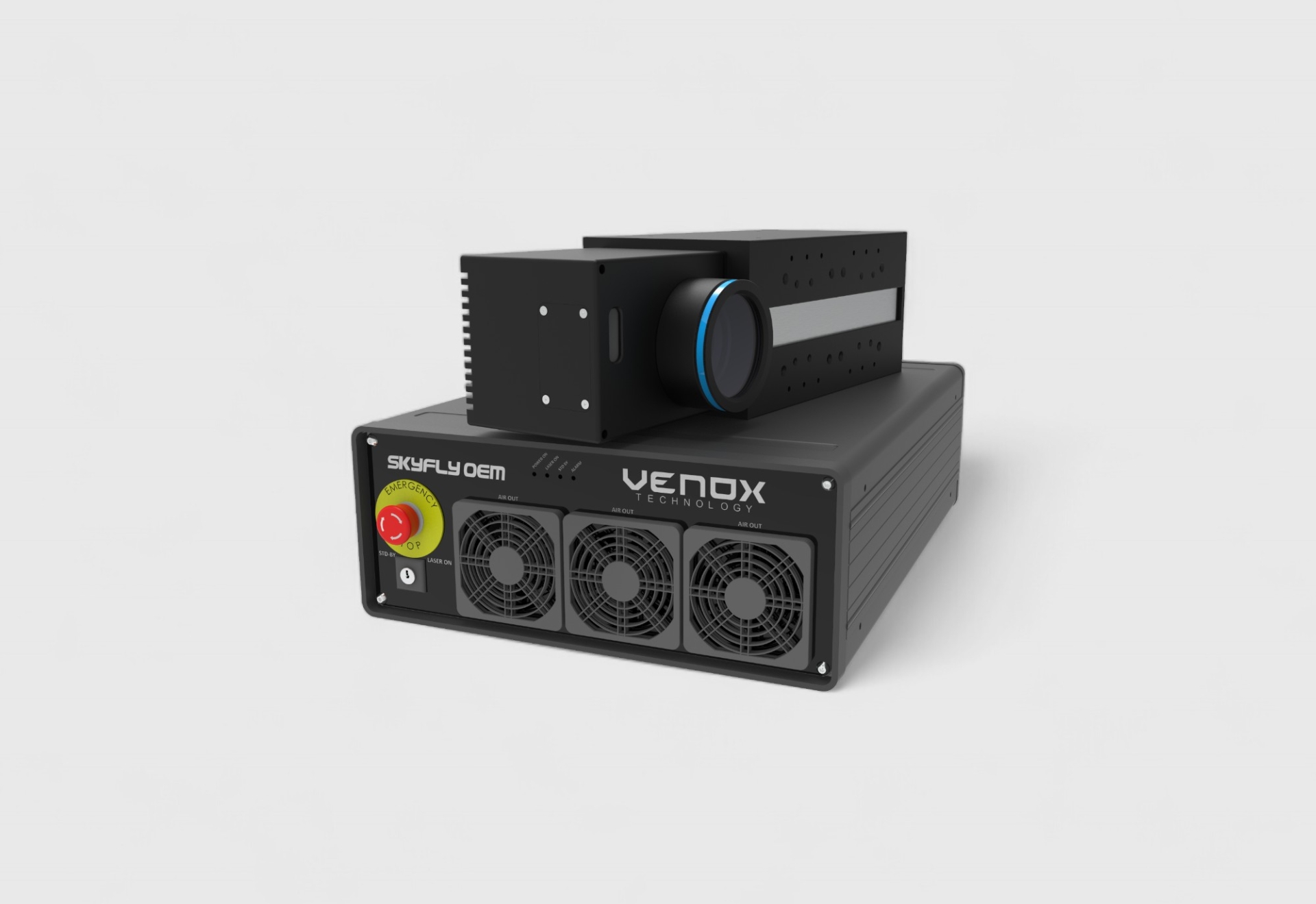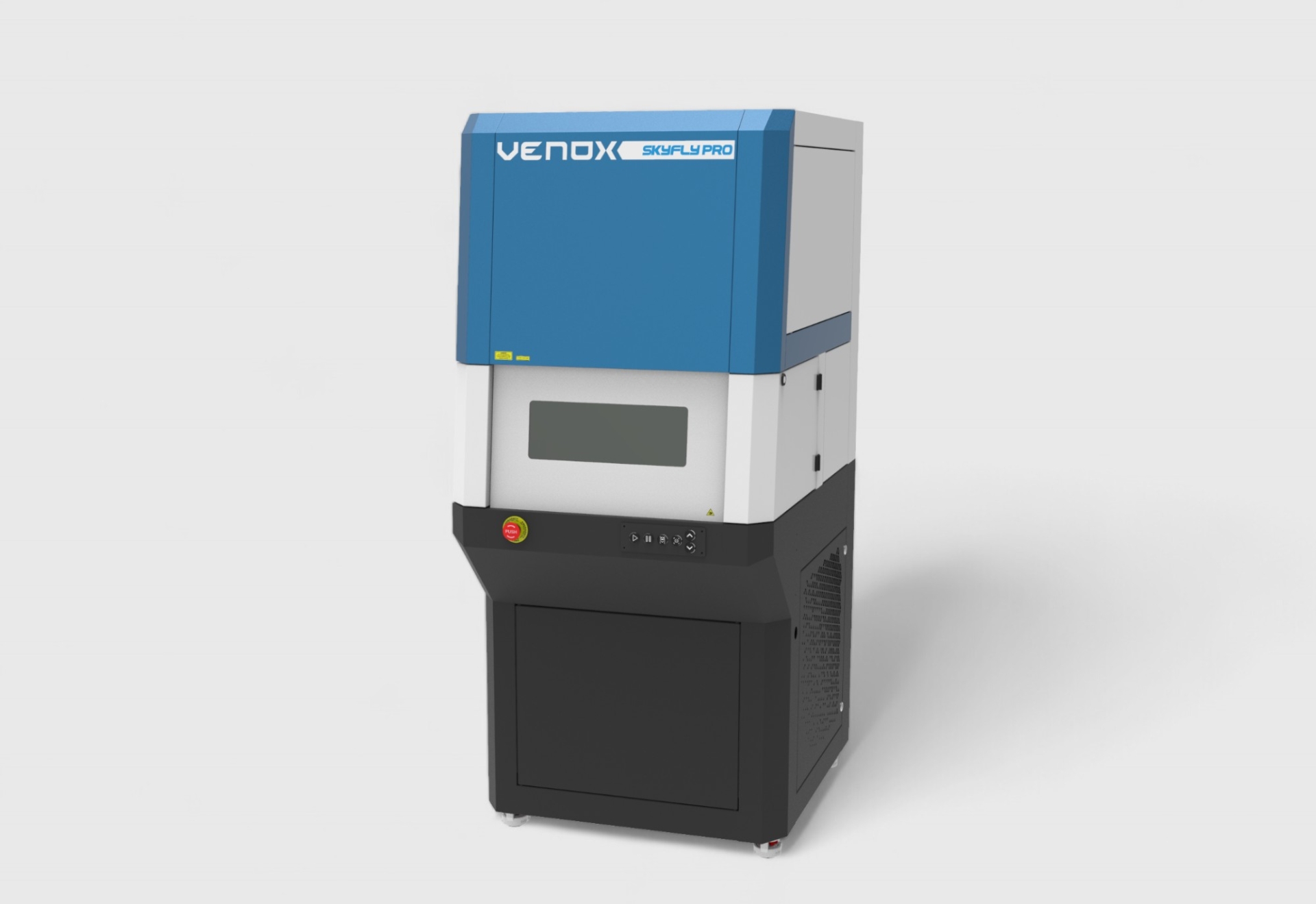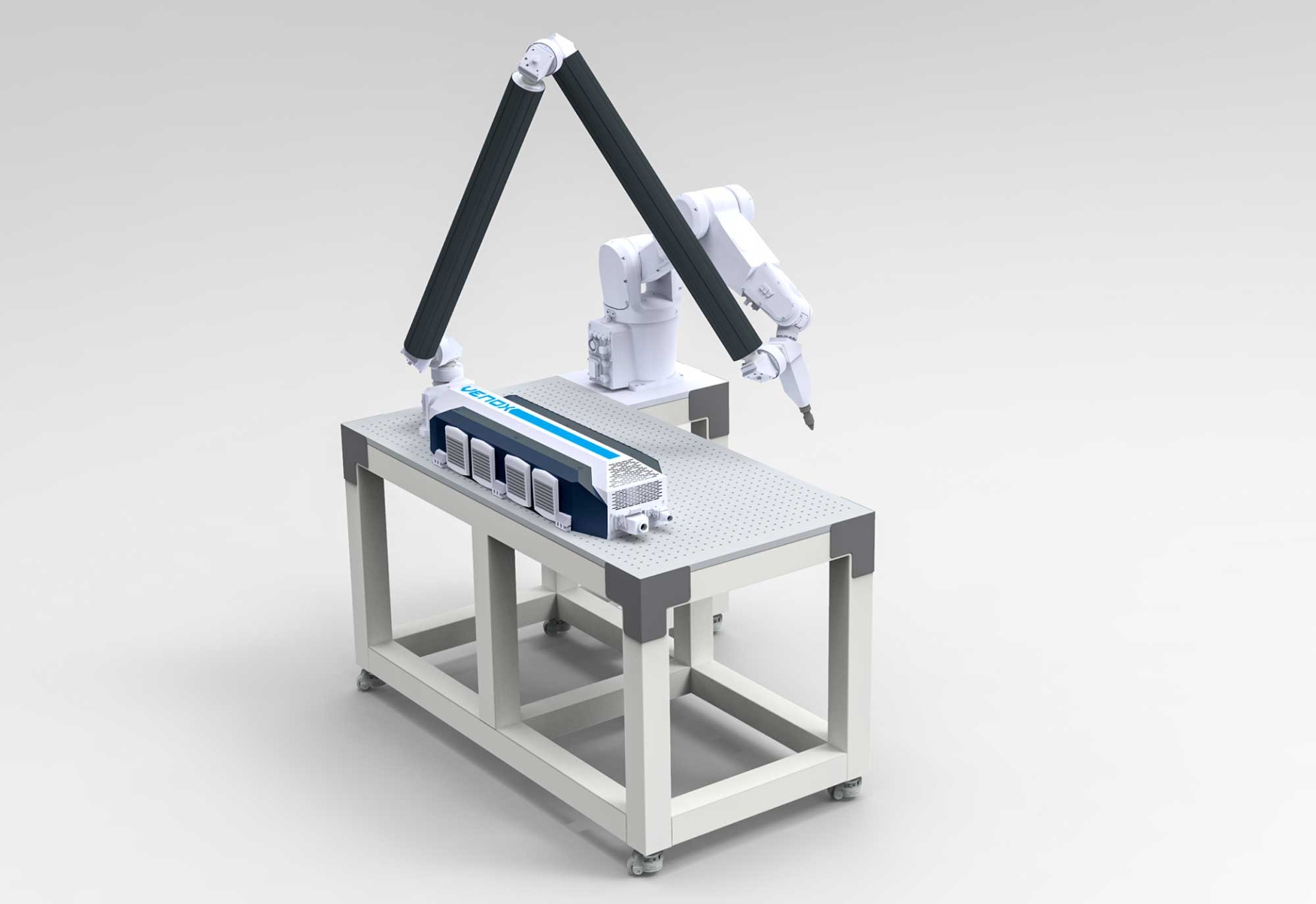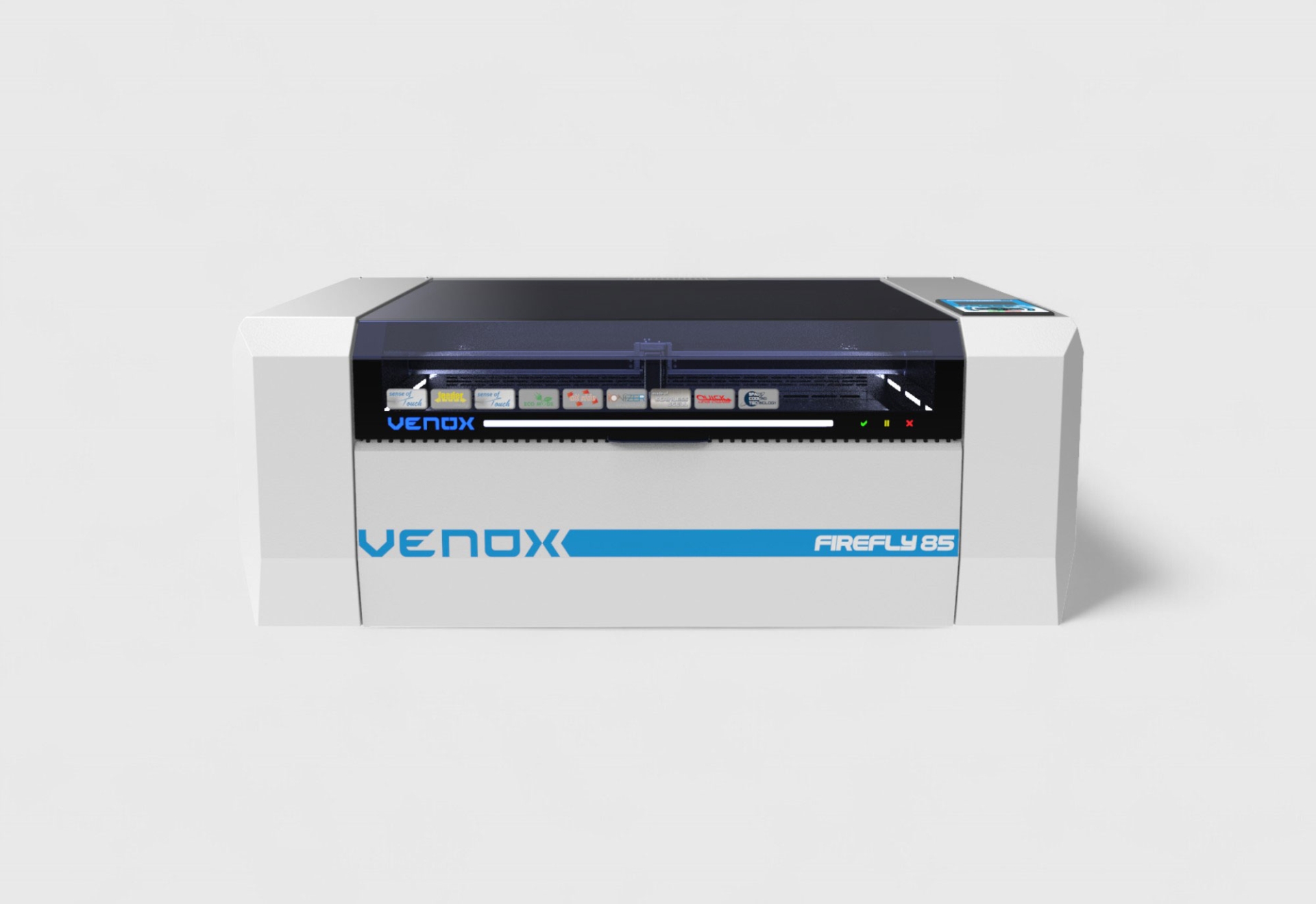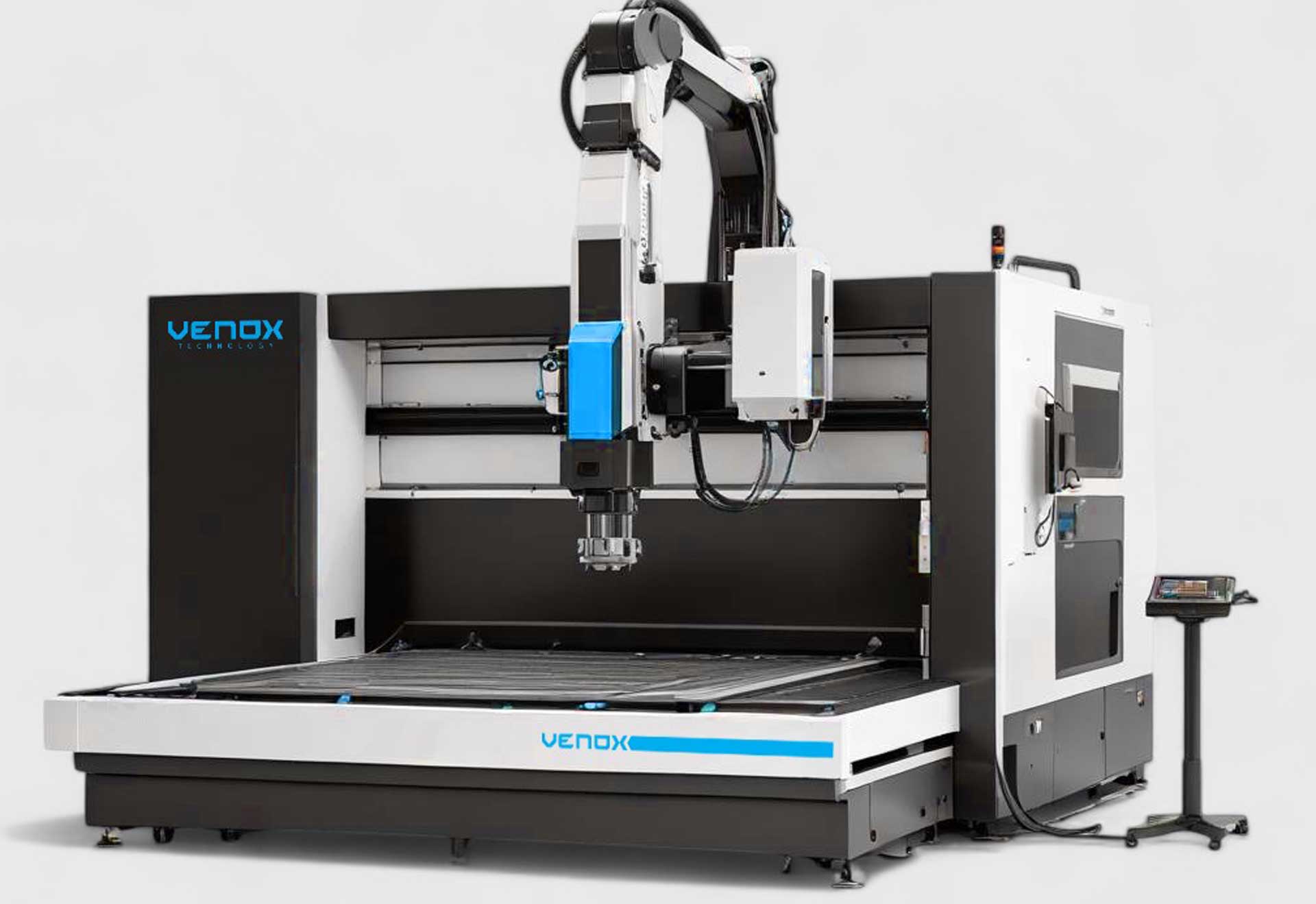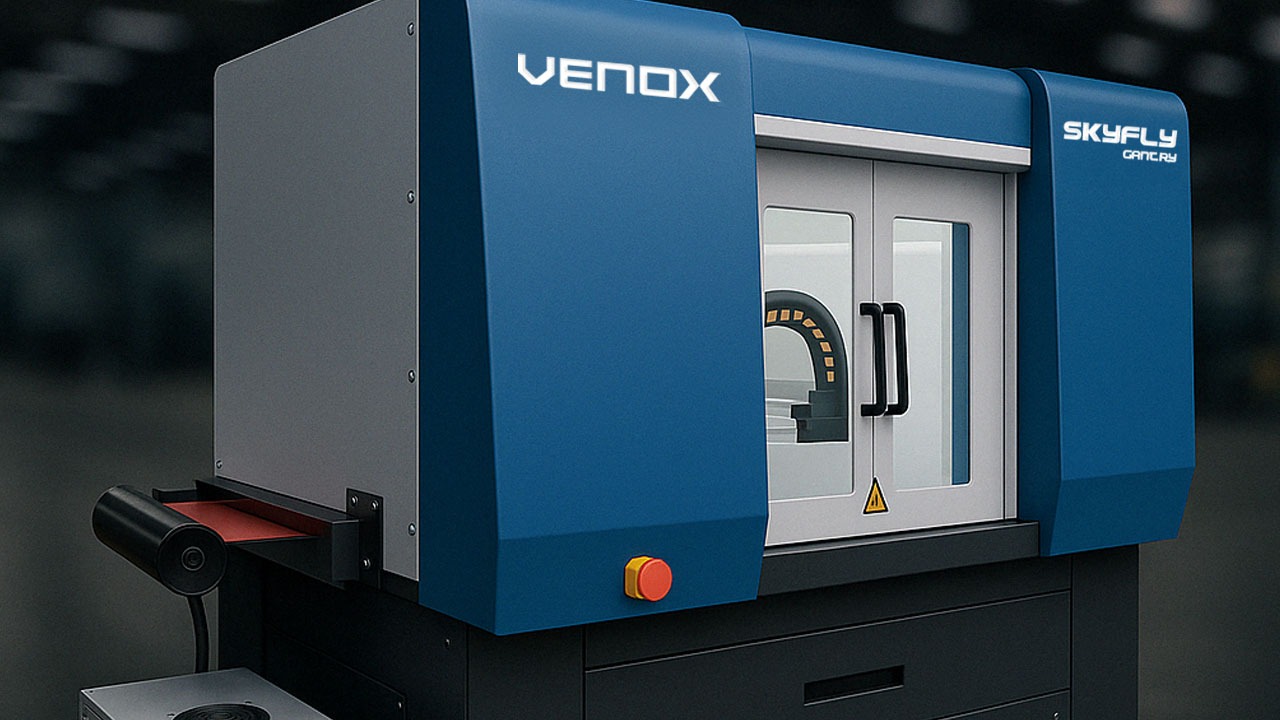Laser Marking: Industrial Solutions, Technologies and Application Areas
Fundamentals of Laser Marking Technology
Working Principle of Laser Marking
Laser marking is the process in which a concentrated laser beam creates a localized effect on the material surface, leaving a permanent trace. During this process, oxidation, melting, ablation, or color change can occur on the surface of the material. This method provides durable and long-lasting markings without the need for chemical inks.
Types of Lasers Used
- Fiber laser: Provides high-contrast marking on metal surfaces; preferred in the automotive, electronics, and defense industries.
- CO2 laser: Produces clear markings on organic materials such as plastic, wood, glass, and leather.
- UV laser: Minimizes thermal effect and enables micro-marking on glass, silicon, and polymers.
Marking Techniques
Various marking techniques have been developed for different applications:
- Engraving: Provides deep carving and permanent marking on the material surface.
- Annealing: Especially on stainless steel, creates contrasting text/patterns through color change.
- Ablation: Removes a coating or paint layer with the laser, exposing the underlying material.
- Foaming: Creates micro-bubbles on plastic surfaces to achieve light-colored markings.
Industrial Application Areas
Automotive Industry
Chassis numbers, engine parts, wiring harnesses, and control buttons are marked with lasers. This ensures traceability and permanent identification.
Electronics and Microchip Manufacturing
Serial numbers, QR codes, barcodes, and brand logos are applied to small electronic components with laser marking. Fiber and UV lasers provide high-precision solutions with low thermal impact.
Medical Devices
Surgical instruments, implants, and devices requiring sterilization are commonly laser-marked. This method provides biocompatible and permanent markings.
Packaging and Food Industry
Expiration dates, batch numbers, and production codes are directly marked on packaging with CO2 lasers. Since no ink is used, it is a hygienic and environmentally friendly solution.
Glass and Plastic Products
UV and CO2 lasers are used to mark glass bottles, plastic containers, and medical tubes. Precise micro-scale markings can be produced without surface cracking.
Advantages of Laser Marking
Permanent and Durable Marking
Laser marking maintains its permanence even under conditions such as mechanical wear, chemical exposure, and high temperatures. This makes it especially preferred in harsh industrial environments.
High Speed and Efficiency
Laser marking systems can mark hundreds of products within seconds, increasing efficiency in mass production.
Environmentally Friendly Technology
Since no chemicals, inks, or solvents are used, it does not generate harmful waste. This makes it an important solution for sustainable production.
High Resolution and Detail
Even very small barcodes, QR codes, and micro-texts can be marked. This is of critical importance in the microelectronics and medical device industries.
Laser Marking Machines and Selection Criteria
Laser Selection According to Need
Different laser types should be chosen depending on the material – metal, plastic, glass, or organic materials. For example, fiber laser machines deliver optimal results on metal surfaces, while CO2 systems are more suitable for organic surfaces.
Marking Area and Speed
The machine should be selected based on product size and production volume. For large areas, laser marking systems provide greater processing capacity.
Automation Integration
For companies with line production, marking machines should support integration with conveyors, robotic arms, and MES systems. This ensures uninterrupted processing in high-volume production lines.
Software and Traceability
Laser marking machines should be compatible with CAD/CAM software and ERP/MES systems. Data such as QR codes, barcodes, and serial numbers can be directly integrated into the system.
Maintenance and Operating Costs
Laser marking machines have a long service life and require minimal maintenance. Since they do not use consumables, overall operating costs are very low.
